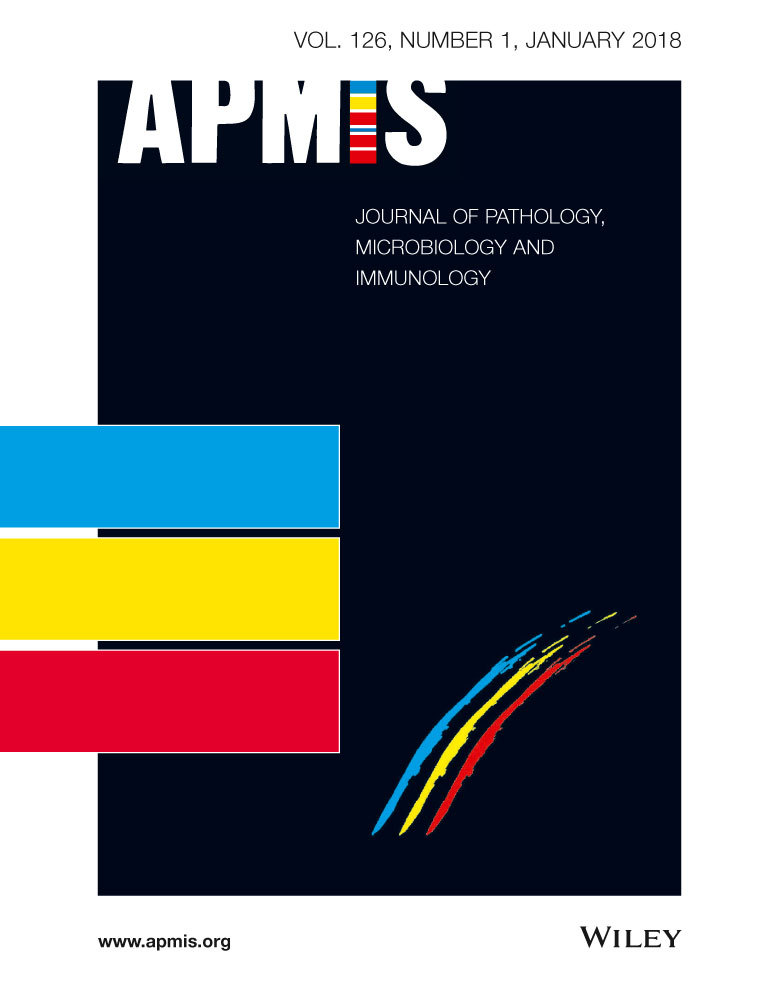Transmission electron microscopy helpfulness in Whipple's disease masked by immunosuppressant therapy for arthritis
Abstract
A 61-year-old woman received a diagnosis of undifferentiated non-erosive arthritis in 2010 and assumed methotrexate and steroids in 2014. After 1 year, she experienced watery diarrhea, vomiting, fever, weight loss, and severe hypoalbuminemia, thus being admitted into our Unit. Esophagogastroduodenoscopy showed duodenal lymphangiectasia and duodenal biopsy samples several foamy PAS-positive macrophages and villous subtotal atrophy. Transmission electron microscope demonstrated several extracellular and intracellular rod-shaped bacteria (Tropheryma whipplei). Therefore, we diagnosed Whipple's disease. Our patient assumed doxycycline/hydroxychloroquine with prompt remission of gastrointestinal symptoms. At 1 year of follow-up, she was symptom-free, histological reassessment showed almost complete mucosal healing and transmission electron microscope demonstrated bacteria breaking/disappearance. The present report demonstrates that: (i) rheumatological manifestations are common onset symptoms of Whipple's disease; (ii) immunosuppressive therapy may delay the diagnosis and worsen clinical presentation; (iii) transmission electron microscopy for specific bacteria detection/disappearance is an helpful diagnostic tool, when available.




